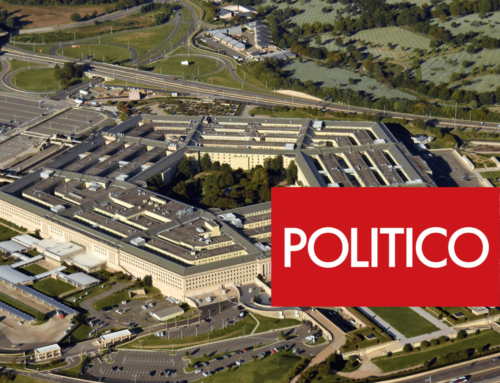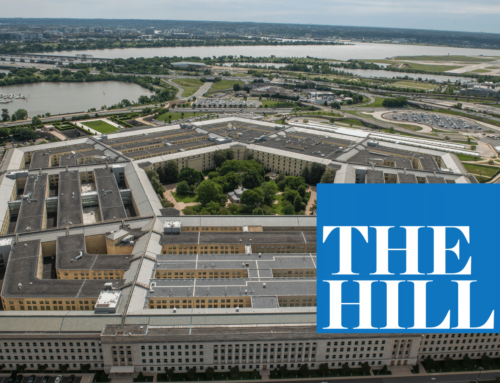Republican presidential candidate Nikki Haley was touring early primary states when she offered a suggestion for bolstering the U.S. economy.
“We start by clawing back the $500 billion of unspent COVID money,” she said at an April 10 town hall in Salix, Iowa.
Six laws enacted in 2020 and 2021, spanning the administrations of Presidents Donald Trump and Joe Biden, made $4.6 trillion in COVID-19 relief money available to a range of people, businesses and government entities. The Treasury, Labor, Agriculture, Education and Health and Human Services departments and the Small Business Administration all received hundreds of millions of dollars to distribute.
The funding sources included the $1.9 trillion American Rescue Plan and the $2.2 trillion Coronavirus Aid, Relief, and Economic Security Act, aka CARES Act.
For this fact check, we focused on Haley’s statement that $500 billion is still available to be pulled back.
We asked the Haley campaign about the source for her estimate, but we didn’t hear back. It’s close to an estimate we found from USASpending, an online funding federal government spending tracker. It shows that about $430 billion was unspent as of Jan. 31. But a Government Accountability Office webpage said the majority of that sum has been allocated.
“The checks just haven’t gone out the door,” said Joshua Sewell, a senior policy analyst for Taxpayers for Common Sense, a watchdog organization based in Washington, D.C.
Sewell said the real amount available, as in unspent and unobligated, is less than $100 billion. He said it would be easy to rescind what’s unspent and unobligated; just as a pen stroke created the money, a pen stroke could take it away.
“With unobligated funds, an act of Congress signed by the president takes away just as easily as it gives,” Sewell said. “Unobligated funds are still sitting in the Treasury.”
If agencies have obligated the funds, it would be much harder to pull them back, Sewell said.
“The agencies haven’t awarded them, they don’t have signed contracts, or haven’t implemented them under whatever agency rules govern the particular program,” he said.
Smaller estimates for unspent money
As of Jan. 31, the most recent date for governmentwide data, the Government Accountability Office said $4.5 trillion had been allocated and $4.2 trillion had been spent. It also said $90.5 billion in funding is available — unobligated and unexpired.
On April 13, the 70-member Republican Main Street Caucus wrote to House Speaker Kevin McCarthy, R-Calif., and said about $70 billion in COVID-19 relief money was left unspent and unobligated.
Chris Towner, policy director for the Committee for a Responsible Federal Budget, said his organization agreed with the caucus’ $70 billion total.
Kristen Kociolek, who directs the Government Accountability Office’s Financial Management and Assurance Team, said her agency didn’t know where the caucus got its data and therefore couldn’t explain the difference between the caucus and Government Accountability Office totals.
The $90.5 billion and $70 billion figures still may be generous estimates for what remains unspent, experts told us.
Towner said Haley might have arrived at her $500 billion figure by including Biden’s $400 billion student debt cancellation plan. Some people, including Biden, have described the proposal as “COVID funding.” But that plan is on hold as the Supreme Court considers its legality, and Congress hasn’t authorized the funding.
Realities of rescinding money
Haley’s not the only Republican calling to rescind COVID-19 relief funding.
The tactic was part of the debt ceiling bill McCarthy unveiled April 26. The measure passed the House but has no chance of passing in the Democratic-controlled Senate.
A Democratic House Appropriations Committee analysis said rescinding the money could endanger important initiatives. It said pulling back $4 billion in unspent money to federal health agencies, for example, would stifle global disease detection, genome sequencing and data systems modernization.
On April 19, the National Conference of State Legislatures issued a statement objecting to rescinding and diverting COVID-19 relief money.
The omnibus spending bill Biden signed in December afforded new flexibility for the distribution of some of the funding, the conference said, and states may be awaiting clearer rules before applying for grants.
Our ruling
Haley said there is “$500 billion in unspent COVID money” that could be rescinded.
Haley’s campaign didn’t say how she reached that figure, but USASpending, an online funding federal government spending tracker, shows that about $430 billion was unspent as of Jan. 31. However, a Government Accountability Office webpage said the majority of that sum has been allocated. Estimates about how much remains unspent and unallocated range from $70 billion to $90 billion.
The statement is partially accurate because more than $400 billion in COVID-19 relief funds remain unspent. But it leaves out the critical detail that the majority of the funding has been allocated and would therefore be hard to rescind.
We rate it Half True.














Get Social